Grow A Thriving Herb Garden With Hyssop Companion Plants
Grow a Thriving Herb Garden with Hyssop Companion Plants
Hyssop is a versatile herb that can be used for culinary, medicinal, and ornamental purposes. It is also a great companion plant for other herbs and vegetables. In this blog post, we will discuss the benefits of companion planting with hyssop and some of the best companion plants to choose from.
Benefits of Companion Planting with Hyssop
There are many benefits to companion planting with hyssop. First, hyssop helps to repel pests. It is a natural insect repellent, and it can help to keep your garden free of pests such as cabbage moths, aphids, and spider mites.
Second, hyssop attracts beneficial insects. It is a magnet for bees, butterflies, and hummingbirds, which can help to pollinate your other plants.
Third, hyssop improves the growth of other plants. It releases chemicals into the soil that help to stimulate the growth of nearby plants.
Best Companion Plants for Hyssop
There are many different companion plants that can be grown with hyssop. Some of the best include:
- Lavender: Lavender is a beautiful and fragrant herb that is a great companion for hyssop. It helps to repel pests and attract beneficial insects.
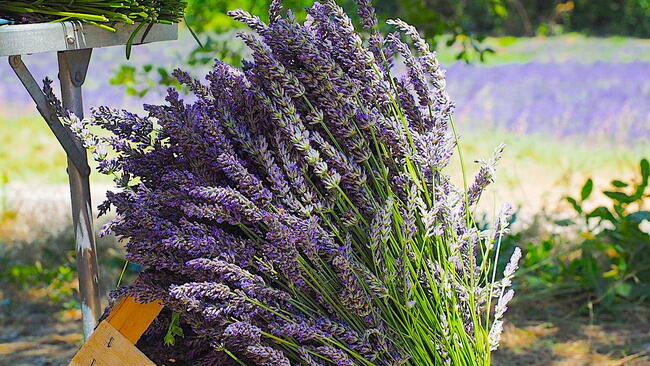
- Rosemary: Rosemary is another fragrant herb that is a good companion for hyssop. It helps to repel pests and improve the growth of nearby plants.

- Bee balm: Bee balm is a striking flower with vibrant colors. It is a good companion for hyssop because it attracts beneficial insects and helps to improve the growth of nearby plants.
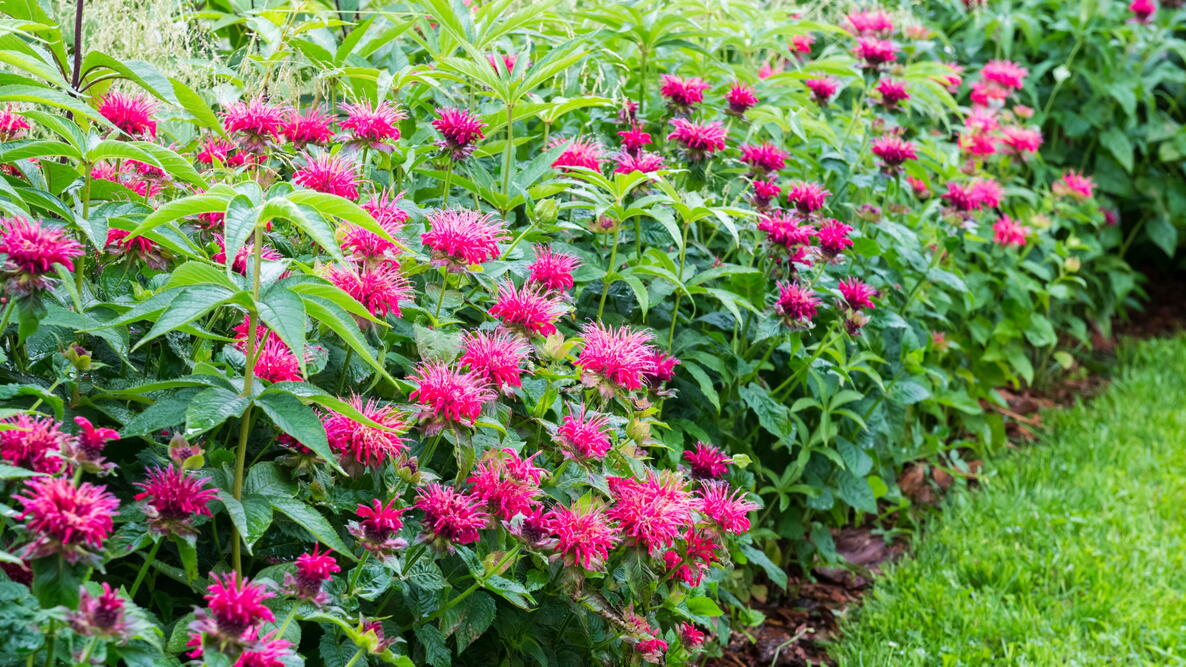
- Coneflowers: Coneflowers are a beautiful and easy-to-grow flower that is a good companion for hyssop. They help to repel pests and attract beneficial insects.
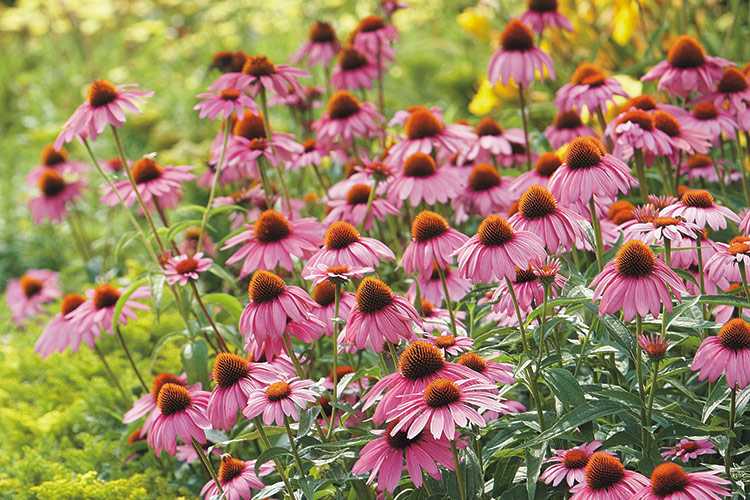
- Alliums: Alliums, such as chives and garlic, are good companion plants for hyssop. They help to repel pests and improve the growth of nearby plants.
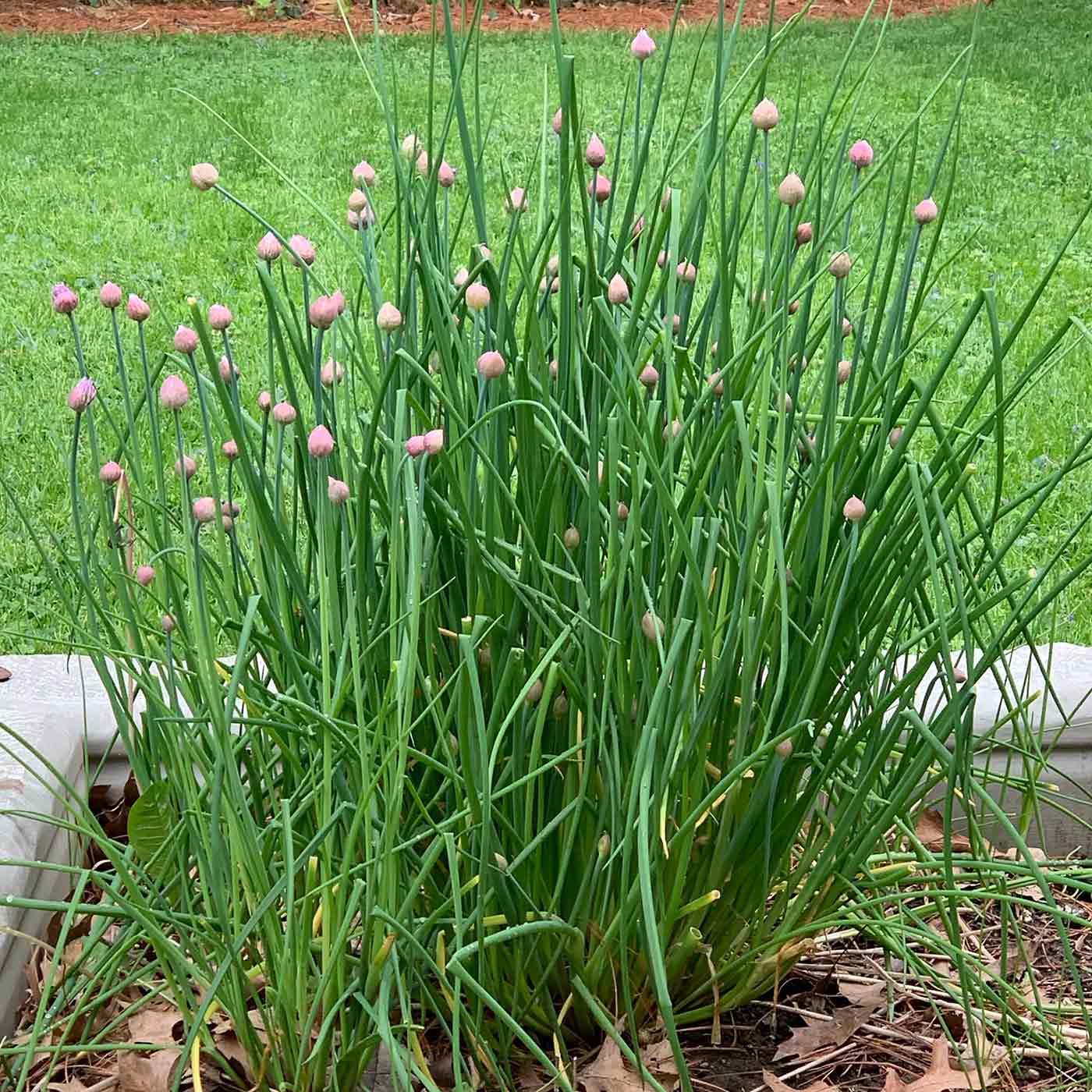
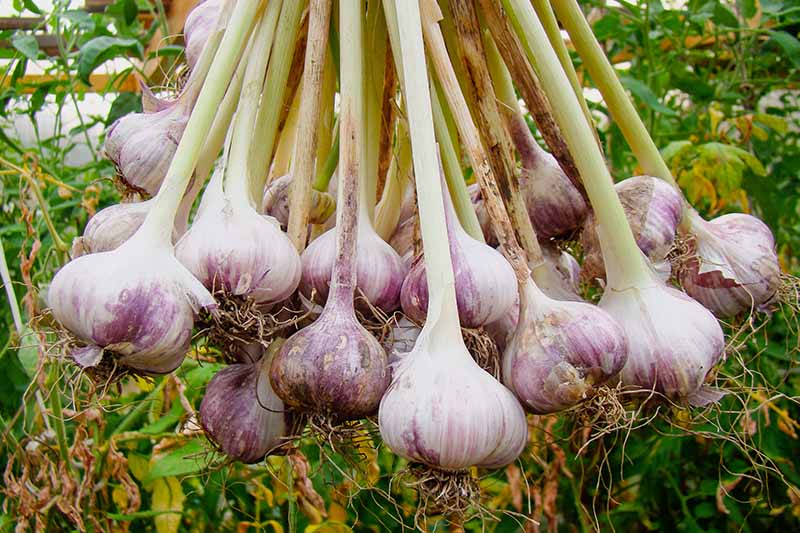
How to Plant Hyssop with Companion Plants
When planting hyssop with companion plants, it is important to choose plants that have similar growing requirements. Hyssop prefers full sun and well-drained soil. It is also a relatively drought-tolerant plant.
When planting hyssop with companion plants, it is a good idea to group the plants together. This will help to create a beneficial symbiotic relationship between the plants.
Conclusion
Hyssop is a great companion plant for many herbs and vegetables. It helps to repel pests, attract beneficial insects, and improve the growth of nearby plants. If you are looking for a way to improve your herb garden, consider planting hyssop with some of the companion plants listed above.
Hyssop is a versatile herb that can be used for both culinary and medicinal purposes. It is also a great companion plant, meaning that it can be grown alongside other plants to benefit their growth and health.
Some of the best companion plants for hyssop include:
- Tomatoes: Hyssop helps to repel tomato hornworms and other pests.
- Carrots: Hyssop helps to improve the flavor of carrots.
- Brassicas: Hyssop helps to deter cabbage moths and other pests.
- Lavender: Hyssop and lavender both attract beneficial insects, such as bees and butterflies.
For more information about hyssop companion plants, please visit Gardenia Inspiration.
FAQ of hyssop companion plants
Q: What are some good companion plants for hyssop?
A: Hyssop is a versatile plant that can be paired with a variety of other plants. Some good companion plants for hyssop include:
- Cabbage: Hyssop can help to deter cabbage moths and flea beetles, which are common pests of cabbage plants.
- Carrots: Hyssop can help to improve the flavor of carrots.
- Garlic: Hyssop can help to repel mosquitoes and other insects.
- Lavender: Hyssop and lavender both attract pollinators, so they can be planted together to create a beautiful and productive garden.
- Tomatoes: Hyssop can help to deter tomato hornworms, which are a common pest of tomatoes.
Q: What are the benefits of companion planting with hyssop?
A: There are several benefits to companion planting with hyssop. These include:
- Disease and pest control: Hyssop can help to deter a variety of pests, including cabbage moths, flea beetles, tomato hornworms, and mosquitoes. It can also help to improve the health of plants by attracting beneficial insects, such as ladybugs and lacewings.
- Improved pollination: Hyssop is a nectar-rich plant that attracts pollinators, such as bees and butterflies. This can help to improve the pollination of other plants in the garden, which can lead to increased yields.
- Enhanced flavor: Hyssop can be used to flavor food, and it can also be used to make herbal teas. Planting hyssop near other edible plants can help to enhance the flavor of those plants.
- Beautiful garden: Hyssop is a beautiful plant that can add interest and color to any garden. It can be used as a border plant, an accent plant, or even a cut flower.
Q: What are some tips for companion planting with hyssop?
A: Here are a few tips for companion planting with hyssop:
- Plant hyssop in full sun. Hyssop is a sun-loving plant, so it's important to plant it in a location that gets at least 6 hours of sunlight per day.
- Plant hyssop with compatible plants. As mentioned above, hyssop can be paired with a variety of other plants. However, it's important to avoid planting hysop near plants that are susceptible to the same pests or diseases.
- Water hyssop regularly. Hyssop is a drought-tolerant plant, but it does need to be watered regularly, especially during hot, dry weather.
- Fertilize hyssop every few months. Hyssop doesn't need a lot of fertilizer, but it will benefit from a light application of fertilizer every few months.
Q: What are some common mistakes to avoid when companion planting with hyssop?
A: Here are a few common mistakes to avoid when companion planting with hyssop:
- Planting hyssop in the shade. As mentioned above, hyssop is a sun-loving plant, so it's important to plant it in a location that gets at least 6 hours of sunlight per day.
- Planting hyssop near incompatible plants. As mentioned above, it's important to avoid planting hyssop near plants that are susceptible to the same pests or diseases.
- Overwatering hyssop. Hyssop is a drought-tolerant plant, so it's important to avoid overwatering it.
- Not fertilizing hyssop. Hyssop doesn't need a lot of fertilizer, but it will benefit from a light application of fertilizer every few months.
Image of hyssop companion plants
5 different images of "hyssop companion plants" from Pinterest:
Bee balm is a striking flower with vibrant colors. They come in scarlet, pink, white, purple, and lavender shades. Bee balm is a great companion plant for hyssop because they both attract bees and butterflies.
Rosemary is another excellent companion plant option for all hyssop varieties. Rosemary is a tall, evergreen shrub that has a strong, citrusy scent. It is a good companion plant for hyssop because it helps to repel pests and attract pollinators.
Lavender plants are a great option for companion planting with hyssops. Lavender is a low-maintenance, drought-tolerant plant that has a sweet, calming scent. It is a good companion plant for hyssop because it helps to repel pests and attract pollinators.
The Black-Eyed Susan or the Rudbeckia fulgida, is a tall flowering plant that combines very well with hyssops as its companion plant. Black-Eyed Susans are drought-tolerant and attract pollinators.
Coneflowers are hardy perennial wildflowers native to North America. They come in a variety of colors, including purple, pink, yellow, and white. Coneflowers are a good companion plant for hyssop because they attract pollinators and help to repel pests.

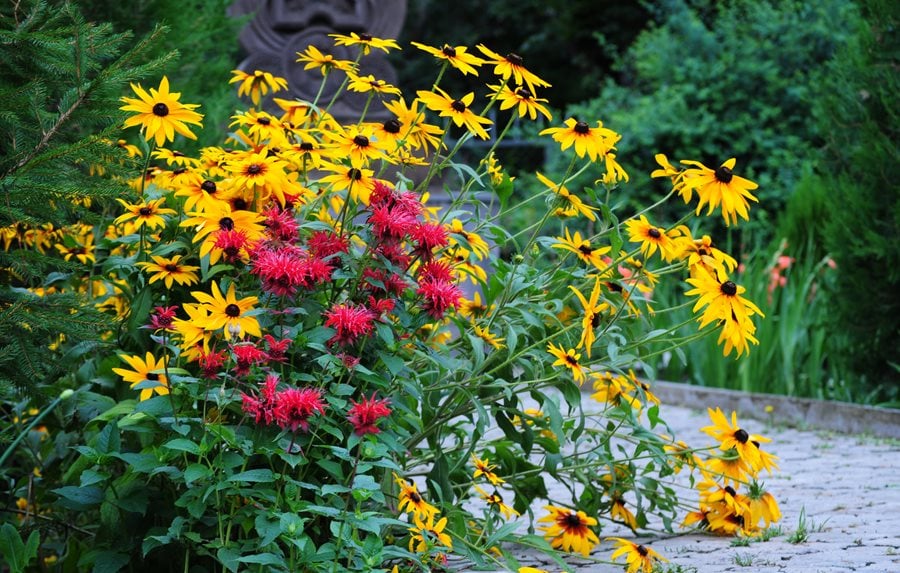
Post a Comment for "Grow A Thriving Herb Garden With Hyssop Companion Plants"